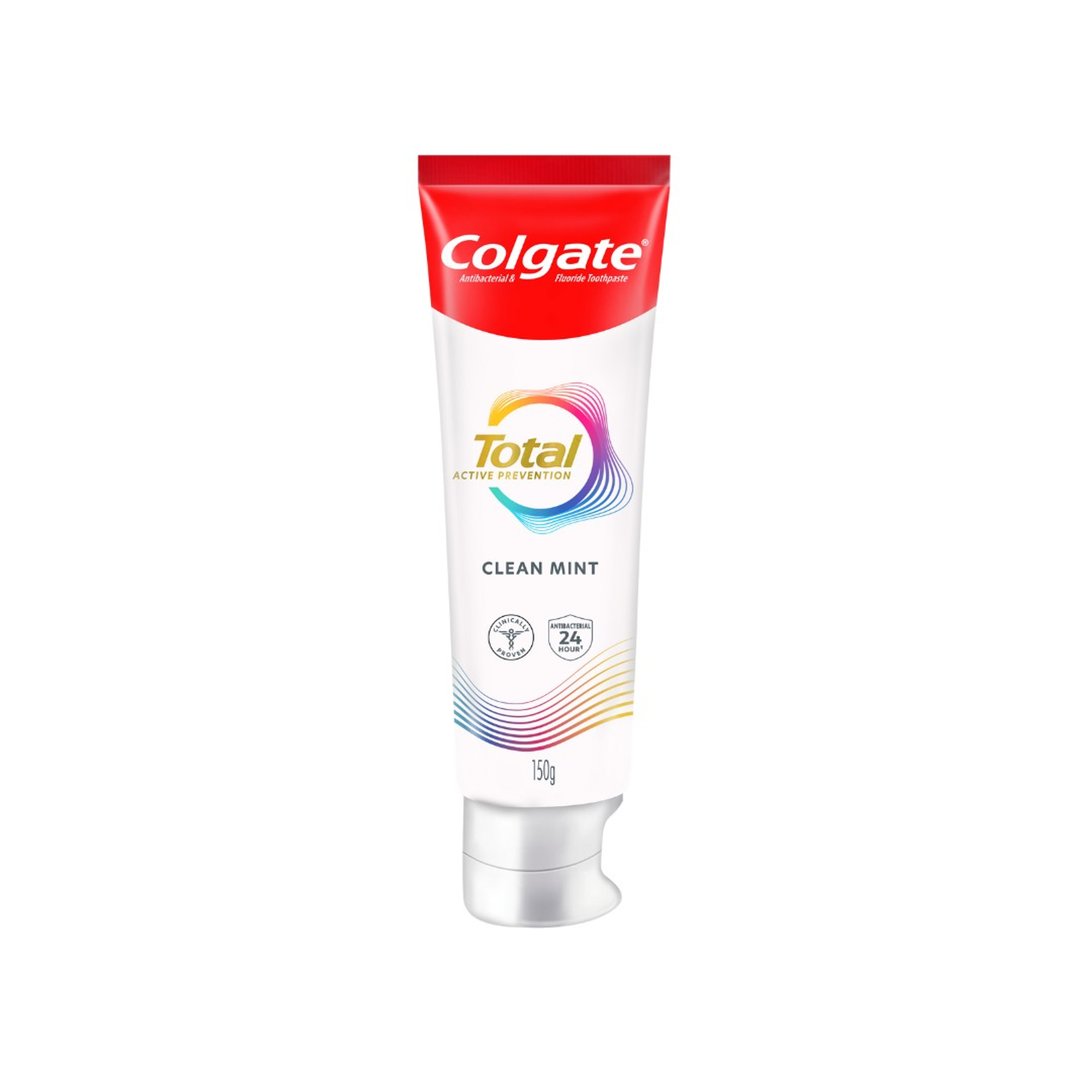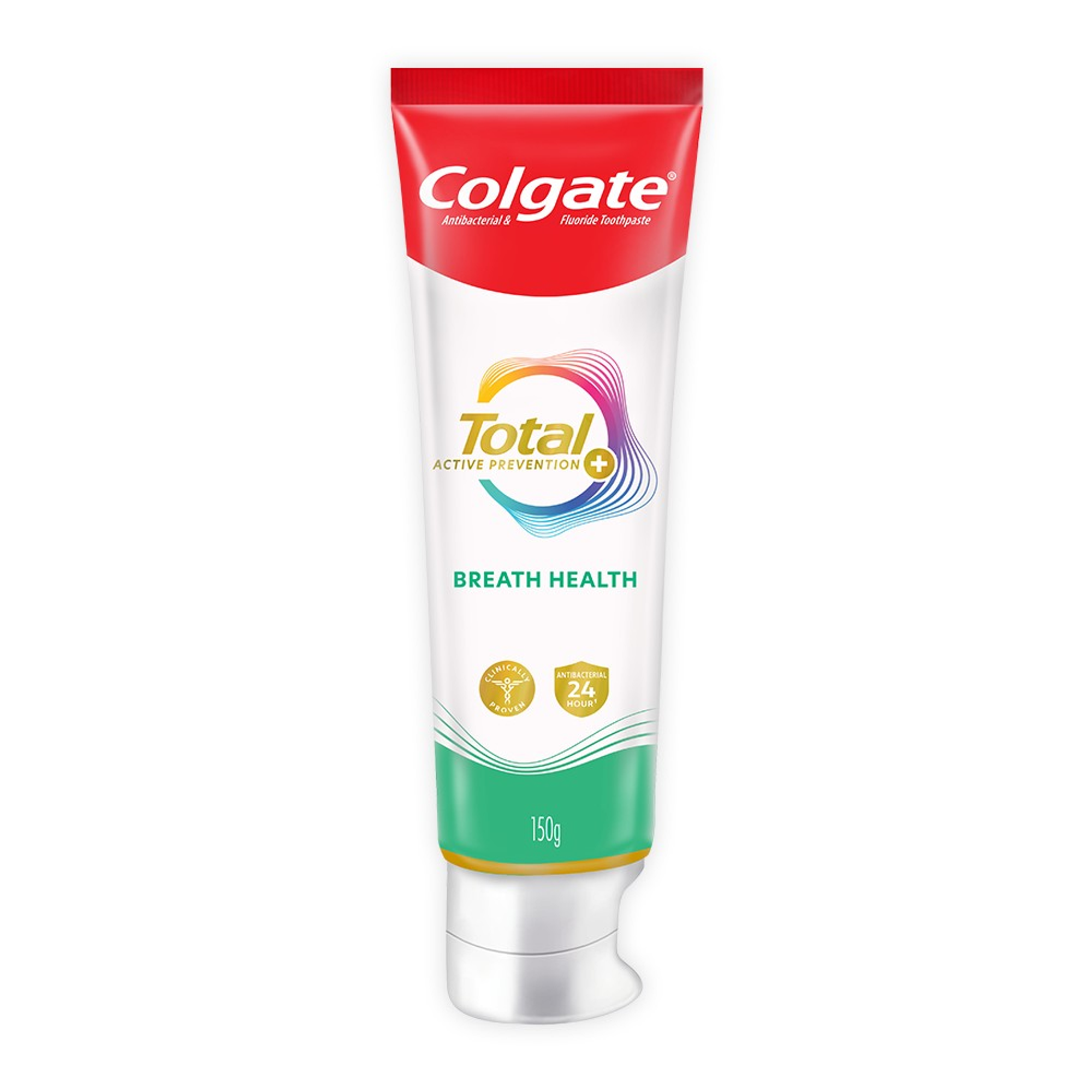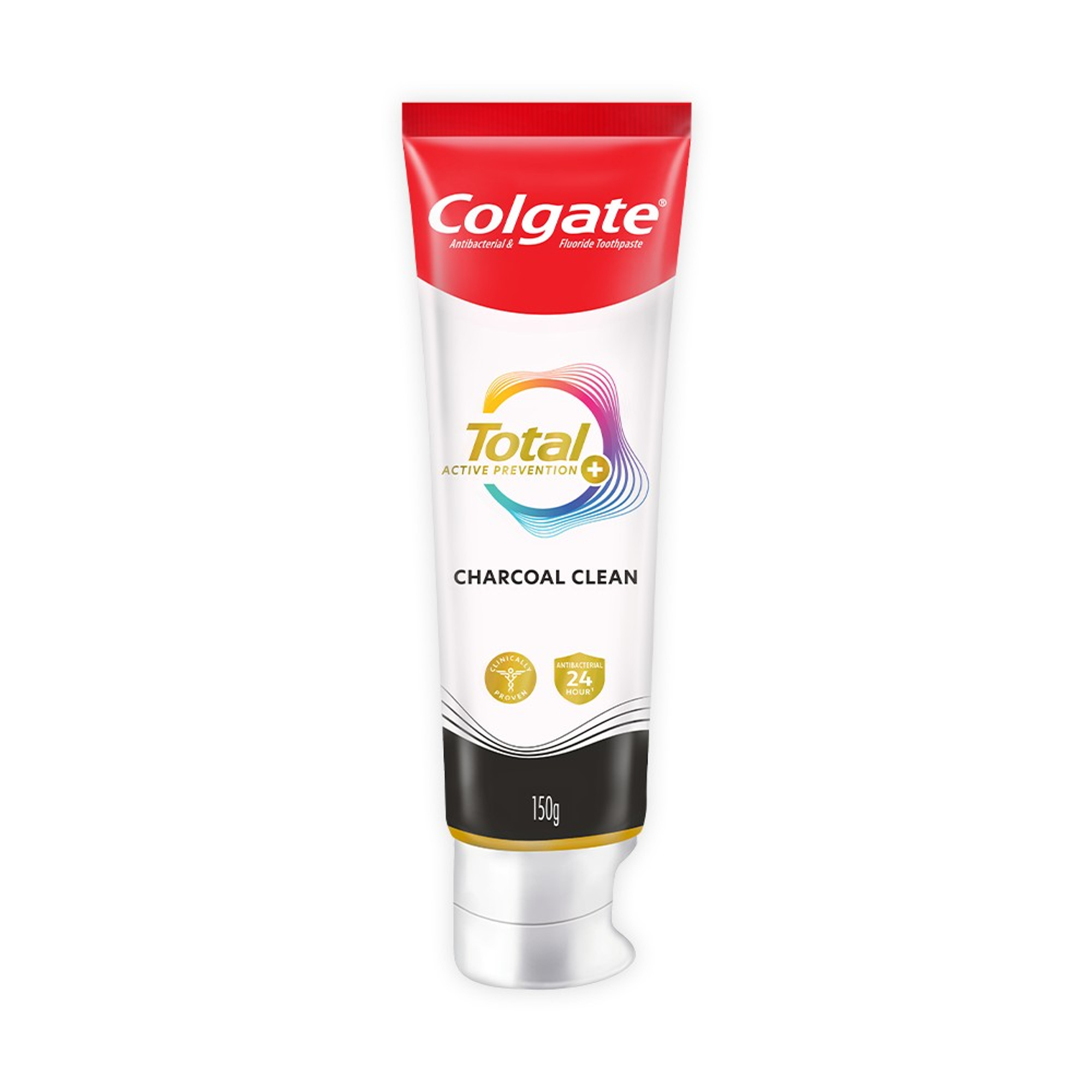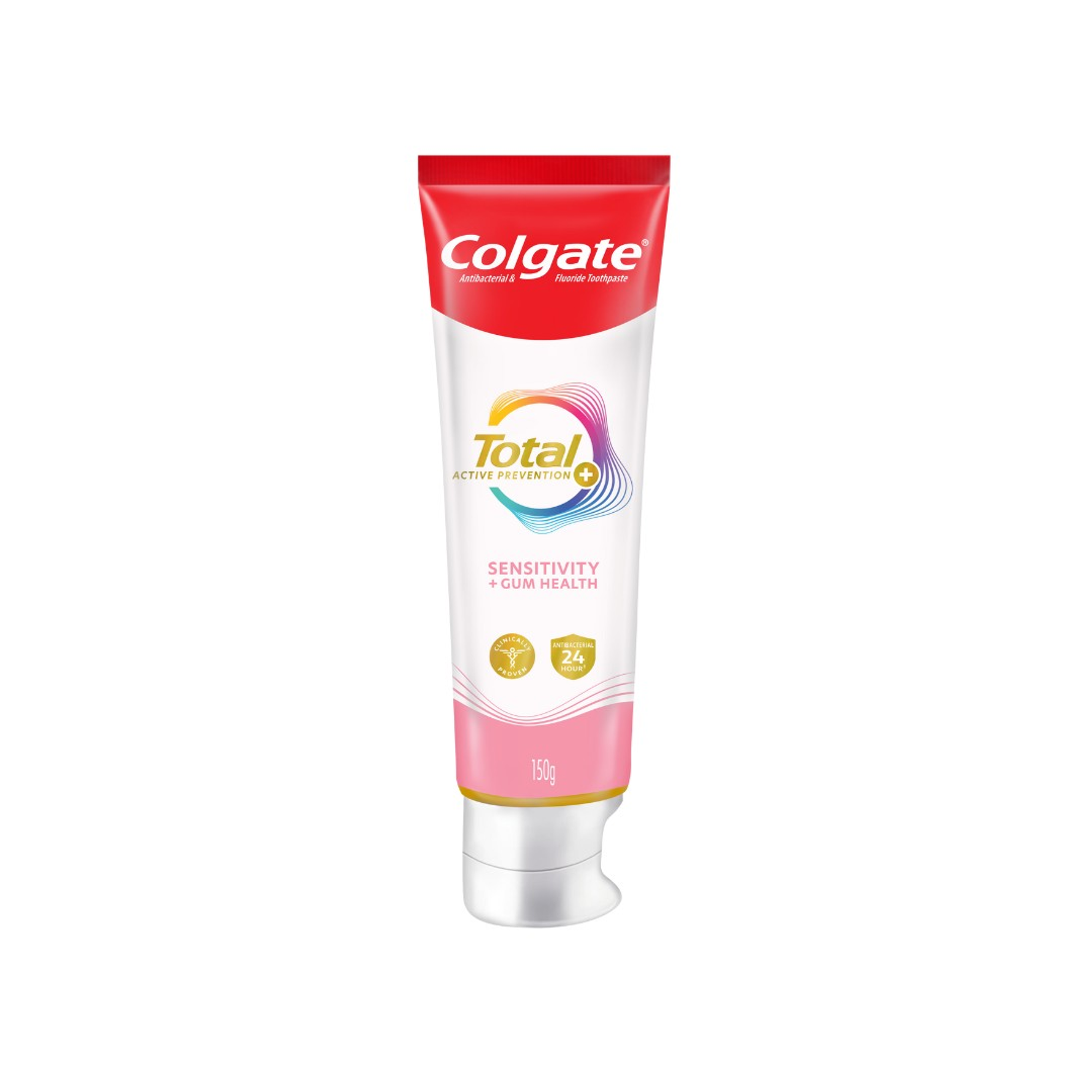-
-

ADULT ORTHODONTICS
Should You Use Mouthwash Before or After Brushing?Brushing and flossing are the foundation of a good oral hygiene routine, but mouthwash can also be a useful addition...

SELECTING DENTAL PRODUCTS
Soft Vs. Hard Toothbrush: Which One Should You Use?The toothbrush has come a long way. As the American Dental Association (ADA) notes...
-
Science & Innovation
- Oral Health and Dental Care | Colgate®
- Oral Health
- What Are Sports Mouth Guards?
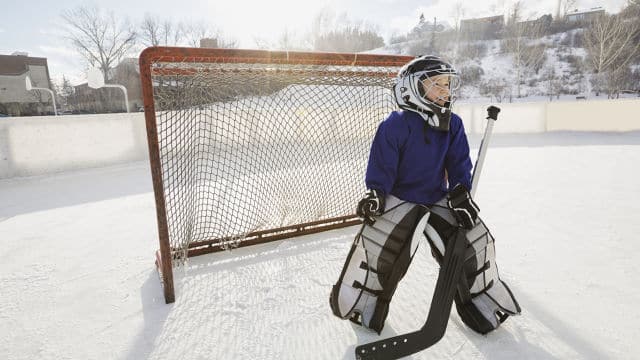

What Are Sports Guards and Mouth Guards?
Sports guards, mouth guards and mouth protectors are different names for the same thing: a device worn over your teeth that protects them from blows to the face and head. Mouth guards are an important piece of athletic equipment for anyone participating in a sport that involves falls, body contact or flying equipment. This includes football, basketball, baseball, soccer, hockey, skateboarding, gymnastics, mountain biking — any activity that might result in an injury to the mouth.
Mouth guards typically cover the upper teeth, and are designed to protect against broken teeth, cut lips and other damage to your mouth. If you wear braces or other fixed dental appliances (such as a bridge) on your lower jaw, your dentist may suggest a mouth protector for these teeth as well.
What Are the Different Types of Mouth Guards?
No matter which type of mouth guard you choose, it should be resilient, tear-resistant and comfortable. It should also fit properly and not restrict your speech or breathing. The three types of mouth guards are:
- Custom-made mouth guards — These are individually designed and made in your dentist's office or a professional dental laboratory. Not surprisingly, they are likely to provide the most comfortable fit and best protection. Your dentist makes an impression of your teeth and then constructs the mouth guard over a model of them. Because they fit and feel better, most athletes prefer customized mouth guards. However, they are also the most expensive.
- Boil and bite mouth guards — These come in a pre-formed shape that can be altered by boiling the mouth guard in water, then biting into the warm plastic for a customized fit. They can be bought at many sporting goods stores, and may offer a better fit than stock mouth protectors. Follow the directions carefully to avoid winding up with a poor-fitting mouth guard.
- Stock mouth guards — These are inexpensive and come pre-formed, ready to wear. Unfortunately, they often don't fit very well. They can be bulky and may make breathing and talking difficult.
How Long Should Mouth Guards Last?
Mouth guards should ideally be replaced after each season because they can wear down over time, making them less effective. Replacement is especially important for adolescents because their mouths continue to grow and teeth continue to develop into adulthood. Many athletes who play several sports have new mouth guards made when they go for their six-month dental checkup.
The Complete Guide to Better Dental Care, Jeffrey F. Taintor, DDS, MS and Mary Jane Taintor, 1997.
Related Articles
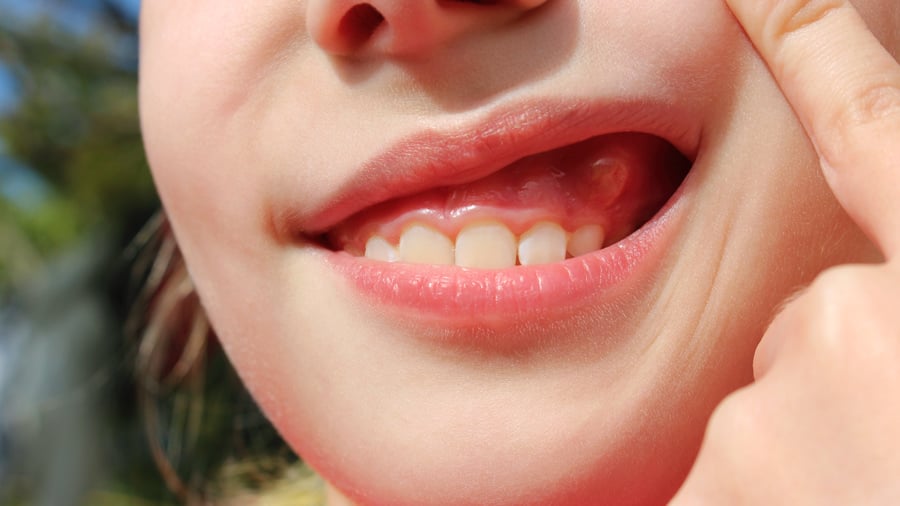
If you notice anything strange in your mouth, such as a gum boil or a bump that looks like a pimple, it's a good idea to have it checked out by a dentist.
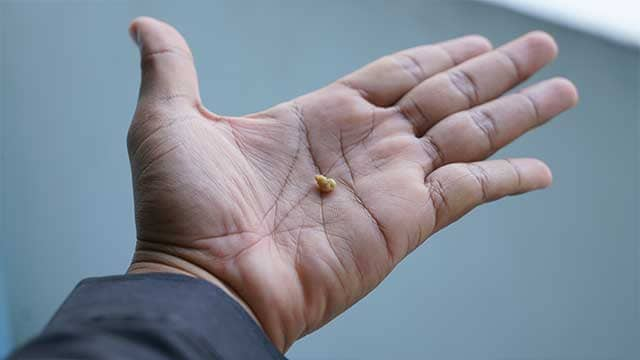
Tonsil stones, clinically called tonsilloliths, are small, white discharges that form in the crevices of the tonsils. They are typically found on the surfaces of the pharyngeal tonsils on either side at the back of the throat. They can be as small as a grain of rice or as large as a pea. They are quite common and usually harmless, but they may spark alarm in patients when noticed for the first time.

Related Products

Helping dental professionals
More professionals across the world trust Colgate. Find resources, products, and information to give your patients a healthier future




